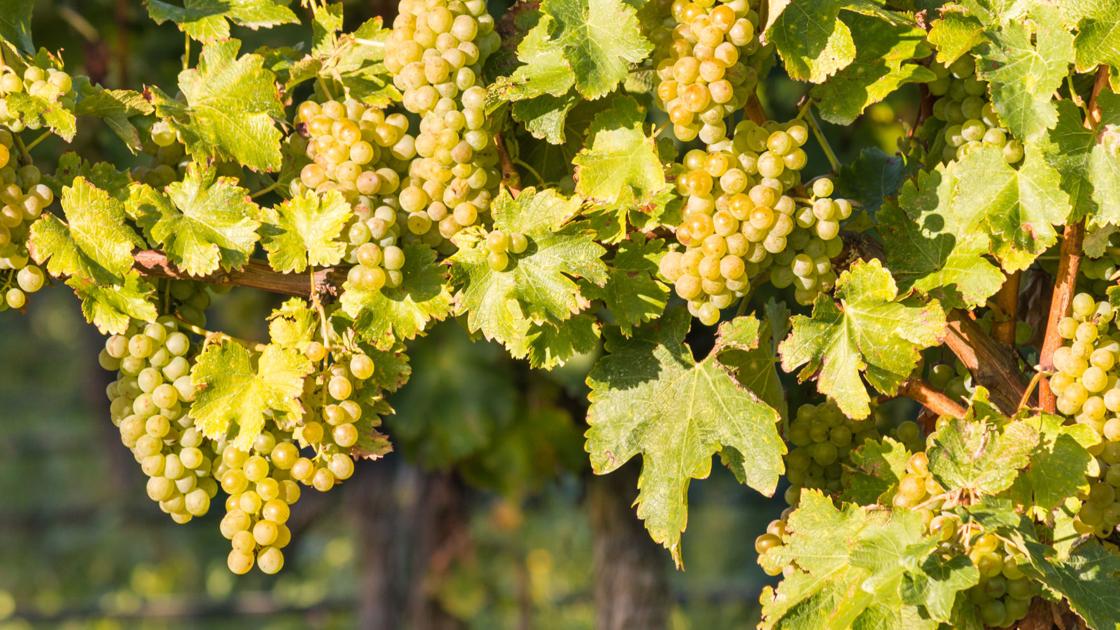
It was roughly 1975 when I read in a wine book a sentence that I didn’t believe — one that left me wondering how a wine book author could make such an outrageous statement.
In an introductory chapter, looking at the vast world of wine, the author said the red wines of Bordeaux were some of the greatest wines in the world. No dispute there.
Support local news coverage and the people who report it by subscribing to the Napa Valley Register.
But several pages later he implied that Riesling was possibly an even greater grape variety than was Cabernet Sauvignon, or any other — indicating that it wasn’t a widely held notion and in fact required more evidence to prove. Which he didn’t provide.
At that point, I had been consuming mostly red wines because I believed they had more flavor. Also, most of the Rieslings I had had to that point were sweet and displayed none of the balance I wanted in a dry wine.
I’m not sure when it dawned on me that Riesling probably was the world’s greatest grape and made some of the most dramatic and sublime wines — both elements occasionally seen in the same bottle!
By the time I reached that conclusion, I was writing a weekly wine column and praised Riesling often. But some readers said they didn’t like Riesling. (They said it was too sweet.) So I wrote less about it than I believed was warranted.
And I had to admit that most domestic Rieslings were pretty ordinary; few ever approached what makes Riesling so special.
By now, though, it’s clear that when grown in the proper locations and treated with care, Riesling is easy to put atop a list of the finest wines. Indeed, there are several reasons why Riesling can be so superb.
For one thing, it’s one of the few wines that can be both sweet and dry at the same time. Also, it can work with almost any food, and it can age about as long as any wine made in this world.
Here are more reasons why Riesling is unlike any other grape:
- It displays its terroir better than any other grape. Period.
- It reflects its vintage as graphically as any variety.
- It can be dramatic when it is austerely dry, even though it may also — at the very same time — have some residual sugar in it! High acidity and low pH can combine to nearly completely mask the sugar.
- It can be sublime with as little as 7% alcohol.
- It elicits more descriptor notes that relate to the grape than just about any other variety.
- It may be aged in barrels, but rarely is. It almost never needs oak flavors to help it achieve greatness.
- It can be aged for decades in the bottle (and may even become oxidized) without losing much of its charm, especially for those willing to look the other way about some technical irregularity. Aged Riesling is a category we will explore in an upcoming column.
I was not always willing to be so kind to Riesling. Decades ago, a dinner party host greeted guests with glasses of an older German Riesling. Though I had tried a few “Rhine” wines before, this was not a flavor I had ever experienced.
Since it was before I began writing about wine, I couldn’t describe it, but the aroma, taste, and overall sensation never was lost on me. I had never had a wine that was both sweet and dry at the same time!
It was also a revelation that the host of a fancy dinner party had the courage to feature a German Riesling, not a great White Burgundy, as his pre-prandial.
The sugar in that wine set it apart. To this day I still hear people say that all Rieslings are sweet. But great Rieslings are balanced with sugar matched to the acid, so the entry (first sip) may seem sweet, but the finish (aftertaste) is almost austerely dry.
When you try a perfectly balanced drier-style Riesling you’ll see that these wines are not just for door-opening meet-and-greets; they belong on the dinner table.
But to this day, Riesling’s “it’s sweet” reputation persists. Indeed, some wine snobs disdain all wines with even a trace of sugar. Thus Riesling, no matter how grand it can be as a dry wine, is rarely a candidate for klieg light status.
Some Rieslings do pose a dilemma. It can be a major impasse that challenges Riesling newcomers. It’s called kerosene, or to be slightly kinder, “petroleum.”
At least, that’s what we called it back then. It was an aroma that develops in some Rieslings and it’s an aroma that some people detest.
Some German winemakers, irked when they hear Americans say “petrol,” have taken to saying that the aroma really is “toast.” No matter what you call it, it’s an acquired taste.
When a Riesling has fruit and complexity, the petroleum note can be a fascinating bonus. So you may ask what it is.
Scientifically, it’s a genetic marker called 1,1,6-trimethyl-1,2-dihydronaphthalene. In abbreviated form, it’s simply TDN. It’s not in all Rieslings, but can be found in varying degrees in some of the best wines.
Some Rieslings show only a tiny trace of TDN when they’re young but can develop this trait more strongly as they evolve in the cellar. It’s one reason to call Riesling controversial.
Its backers argue that TDN isn’t a flaw, but simply part of its DNA.
It is sort of equivalent to the “cat pee” aroma in New Zealand Sauvignon Blanc, which no purist would ever say is a flaw. It’s a personality trait — like the gardenia blossom aroma in Gewürztraminer, the flower-basket bouquet of some Viogniers, the fresh fennel in some young Pinot Gris, or the black olive in some Merlots.
In upcoming columns, we’ll explore other aspects of Riesling that relate to regional aromatics and stylistic variants. And we will look at the age-worthiness of this grape and why an adage I once heard about Riesling (“Drink the youngest ones you can find”) is not only incorrect but remarkably naïve.
The foregoing homage to a single grape could well have been penned also about several other grape varieties about which I am also overwhelmingly smitten. As a lover of many styes and types of wine, I could write loads about Semillon, Grenache, Silvaner, Nebbiolo, Sauvignon Blanc, Sangiovese, Cabernet Franc, Syrah, Pinot Noir, Barbera, and Chenin Blanc.
And I’m leaving out another dozen.
But no matter how exalted those wines can be, there really is only one wine that expresses so much, and with such regional personality, that it figuratively makes me weep when the aroma and flavors are so spot-on.
For me, Riesling does what no other grape can do.
Wine of the Week
2019 Pfeffingen Scheurebe, Pzalz, Trocken ($19) — Scheurebe (shoy’-ray-buh) is a white grape that’s a cross between Riesling and another obscure variety that yields a wine with a very floral aroma, but one that’s like a milder version of Gewürztraminer with a trace of Sauvignon Blanc added! Scented like blossoms and pineapple, this German import is soft in the entry, crisp in the mid-palate, and sprightly in the finish. It’s great with Thai food. It just landed here, so may not be at your local package store for a week or two.
WATCH NOW: NAPA VALLEY’S DAZZLING MUSTARD SEASON
CHECK OUT THE WEEK IN CARTOONS
Tim Campbell cartoon
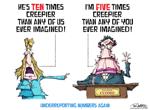
CMYK version
Jeff Danziger cartoon

CMYK version
Jack Ohman editorial cartoon
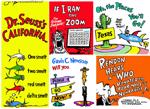
Clay Bennett cartoon

Lisa Benson cartoon

Clay Bennett cartoon
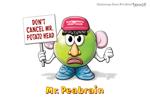
Jack Ohman, editorial cartoon
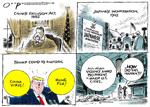
Jack Ohman, Sacramento Bee
Mike Lester cartoon
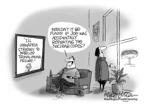
Tim Campbell cartoon
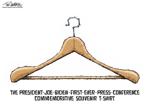
CMYK version
Jeff Danziger cartoon

Jeff Danziger cartoon

Mike Lester cartoon
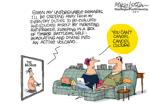
Signe Wilkinson cartoon

Signe cartoon Bien & Syria
Signe Wilkinson cartoon
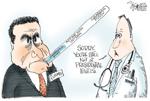
Signe cartoon Cuomo
Tim Campbell cartoon
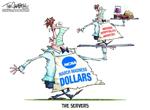
CMYK version
Lisa Benson cartoon

Lisa Benson cartoon

Jack Ohman, editorial cartoon
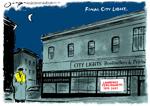
Jack Ohman, Sacramento Bee
Jack Ohman, editorial cartoon
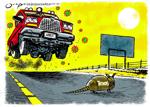
Jack Ohman, Sacramento Bee
Jack Ohman, editorial cartoon

Jack Ohman, Sacramento Bee
Jack Ohman, editorial cartoon
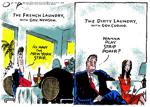
Jack Ohman, Sacramento Bee
Jeff Danziger cartoon

CMYK version
Jeff Danziger cartoon

CMYK version
Jeff Danziger cartoon

CMYK version
Lisa Benson cartoon

Mike Lester cartoon
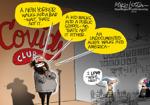
Signe Wilkinson cartoon

Signe cartoon Trump Continues
Jeff Danziger cartoon

RGB version
Jeff Danziger cartoon

RGB version
Clay Bennett cartoon

Clay Bennett cartoon

Clay Bennett cartoon

Catch up on Napa County's top news stories
Vintage High School student Natasha Beitz, 16, ran 26.2 miles to honor her mother and to raise funds to help battle the disease that took her …
City water will remain safe to drink, but there will likely be aesthetic issues as the city draws water exclusively from its Lake Hennessey re…
As many as 1,000 families are expected to apply to live in the low-income housing development under construction on Soscol Avenue in Napa.
Benjamin Tucker Patz, 24, of Napa, pleaded guilty in federal court to transmitting threats in interstate or foreign commerce, according to cou…
Napa County officials seem willing to encourage a more mom-and-pop approach to wine tastings.
Dinosaurs of all description roar and shake as visitors ease by in their vehicles.
Check out this found film footage of 1966 Napa auto race ... in a shopping center parking lot now home to the outlet stores.
Downtown Napa mansion has been renovated from top to bottom. Take a look inside.
Everything from family farms to mass tourism to climate change came up during a recent look at Napa County wine country economics.
A 63-year-old Napa man was sentenced to prison for 22 years after pleading guilty in Napa Superior Court to three counts of lewd and sexual ac…
Dan Berger lives in Sonoma County, where he publishes “Vintage Experiences,” a subscription-only wine newsletter. Write to him at winenut@gmail.com. He is also co-host of California Wine Country with Steve Jaxon on KSRO Radio, 1350 AM.
March 19, 2021 at 01:50AM
https://ift.tt/38TStgx
Dan Berger On Wine: The world's greatest grape? - Napa Valley Register
https://ift.tt/3eO3jWb
Grape
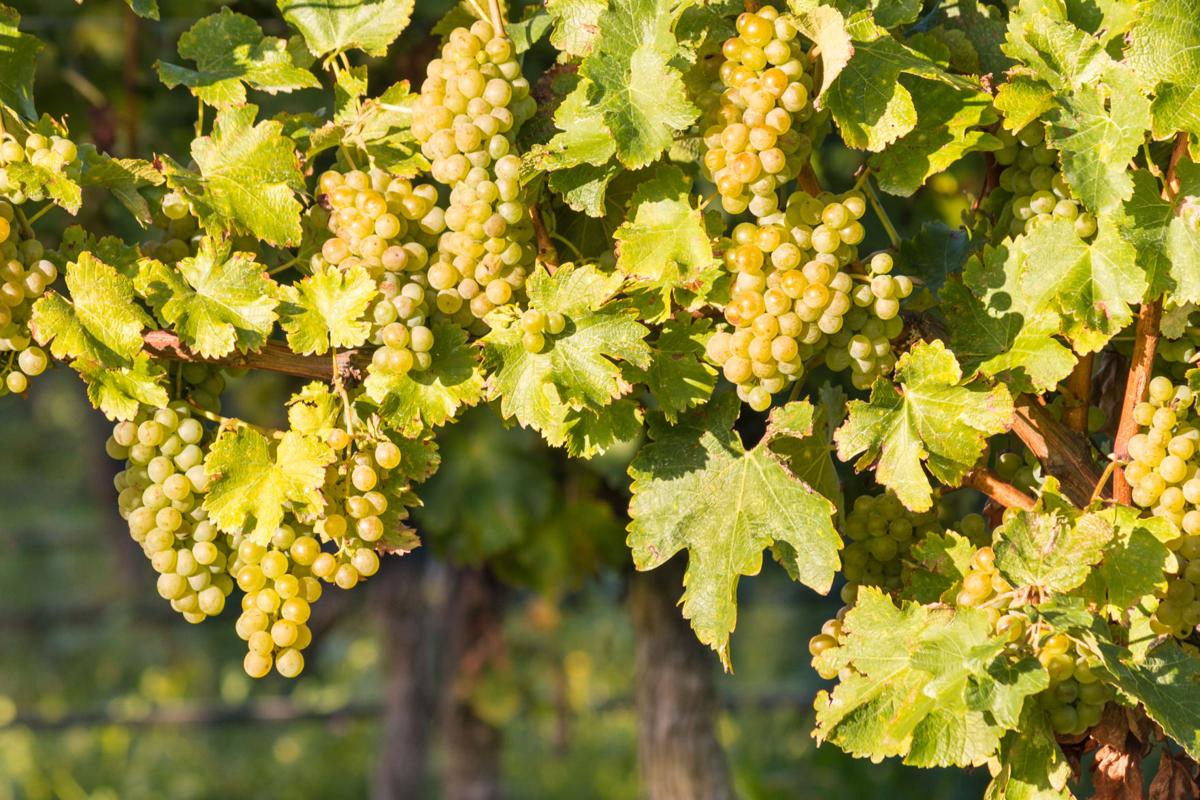


No comments:
Post a Comment